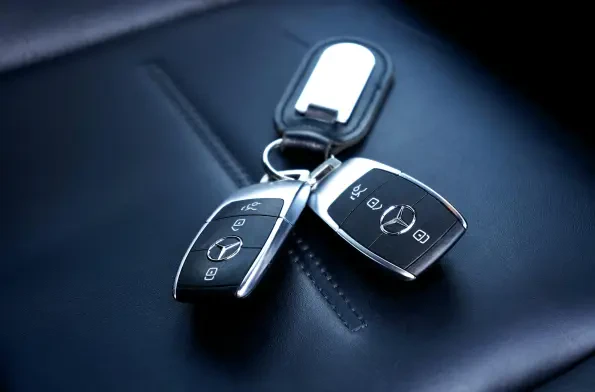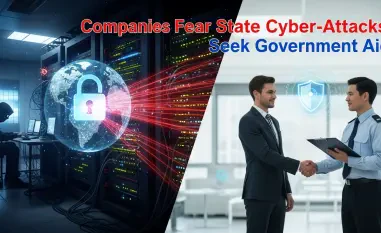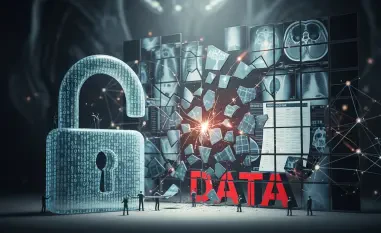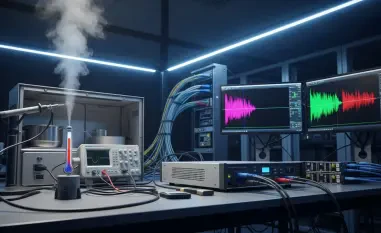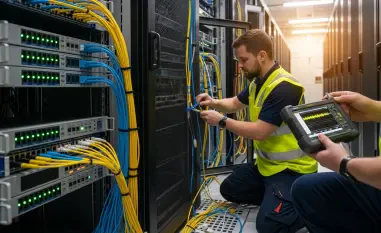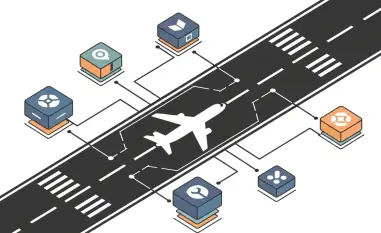Welcome to an insightful conversation with Malik Haidar, a renowned cybersecurity expert with a deep background in protecting multinational corporations from sophisticated threats. With a unique blend of analytics, intelligence, and security expertise, Malik has dedicated his career to fortifying hardware against cyber-physical attacks. Today, we dive into the cutting-edge world of microchip technology, exploring how innovations like Fully Depleted Silicon-on-Insulator (FD-SOI) are revolutionizing automotive cybersecurity. Our discussion touches on the intricacies of laser-based attacks, the growing regulatory demands for vehicle safety, and the broader implications of securing the chips that power modern vehicles.
Can you explain what Fully Depleted Silicon-on-Insulator, or FD-SOI, is in simple terms, and how it stands out from traditional microchips?
Sure, I’m happy to break it down. FD-SOI is a type of microchip design that adds an extra insulating layer, called a buried oxide layer, between the transistors and the base silicon. Unlike traditional chips where transistors sit directly on the silicon wafer, this layer acts like a barrier, isolating the components. What makes it stand out is how this insulation reduces interference and boosts resilience against certain attacks, especially physical ones. It’s like adding a reinforced wall inside a house—it doesn’t just make it stronger, it also messes with anyone trying to break in.
What exactly is a laser fault injection attack, and why should we be worried about it in the context of vehicles?
Laser fault injection, or LFI, is a very specialized cyber-physical attack where an attacker uses a focused laser pulse to disrupt a microchip’s operation. The laser can flip a bit or skip an instruction in the chip’s logic circuit, creating errors that might bypass security checks or leak sensitive data. In vehicles, this is a big deal because modern cars rely on dozens of microchips to control everything from brakes to navigation. If an attacker can manipulate these systems, they could potentially cause chaos, like disabling safety features or even taking control of the vehicle.
How does FD-SOI technology make it tougher for attackers to succeed with laser fault injection attacks?
FD-SOI raises the bar significantly for LFI attacks. That insulating layer I mentioned limits how much energy from a laser pulse can spread through the chip. As a result, attackers need to use a lot more laser power and spend way more time—sometimes hours instead of minutes—to pull off the same attack they could do on a standard chip. This added difficulty doesn’t make it impossible, but it often deters attackers because the effort and risk of damaging the chip beyond use just aren’t worth it for most.
Who are the most likely perpetrators of these laser-based attacks on vehicle systems, and under what circumstances might they strike?
These aren’t your everyday hackers tinkering in a basement. LFI attacks typically require resources and expertise that point to elite, specialized threat actors, often backed by nation-state-level funding. Think highly organized groups with access to advanced labs and technical know-how. As for when they might strike, it’s usually in scenarios where they can physically access the vehicle’s electronic control units—like when a car is in a service bay, or if a stolen control unit is taken to a workbench for tampering. Those are the moments of vulnerability.
Why are regulators so focused on protecting vehicle hardware from physical attacks, and how does FD-SOI help meet those standards?
Regulators, like those behind UN Regulation No. 155, are concerned because physical attacks like LFI can expose critical weaknesses in vehicle systems that others could later exploit more easily. This regulation, adopted by over 50 countries, mandates that car manufacturers implement cybersecurity measures across a vehicle’s entire lifecycle, explicitly addressing risks from physical hardware manipulation. FD-SOI helps by making such attacks far more challenging, aligning with these strict standards and giving manufacturers a practical way to enhance security without reinventing the wheel.
Beyond defending against laser attacks, what other advantages does FD-SOI bring to vehicle design and manufacturing?
FD-SOI offers some really practical benefits beyond just security. That insulating layer cuts down on electrical noise and leakage, which means less overheating and more reliable performance—huge wins for engineers designing complex vehicle systems. It also tends to be more cost-effective in the long run because the design is simpler and yields more predictable results during production. So, while security is the headline, these chips can save money and improve overall efficiency, which is a big draw for manufacturers.
With so many microchips in modern vehicles, why is cybersecurity becoming such a critical issue for the automotive industry?
Modern vehicles are basically rolling computers. An average car today can have anywhere from 50 to over 100 microchips controlling everything from engine performance to infotainment and safety systems like automatic braking. The more chips, the more potential entry points for attackers. If just one of these is compromised, it could affect critical functions, leading to safety risks or even catastrophic failures. That’s why cybersecurity isn’t just a nice-to-have—it’s essential to protect drivers and maintain trust in the technology.
What’s your forecast for the future of hardware security in vehicles, especially with technologies like FD-SOI on the horizon?
I think we’re heading toward a future where hardware security becomes as fundamental to vehicle design as seatbelts are to safety. Technologies like FD-SOI are just the beginning—they’re setting a new standard by making attacks like LFI far less feasible, and I expect we’ll see wider adoption as costs come down and regulations tighten. But the arms race with attackers will continue, so we’ll likely see even more innovative chip designs and layered defenses. The key will be balancing security with affordability, ensuring that every vehicle, not just luxury models, can be protected against evolving threats.
